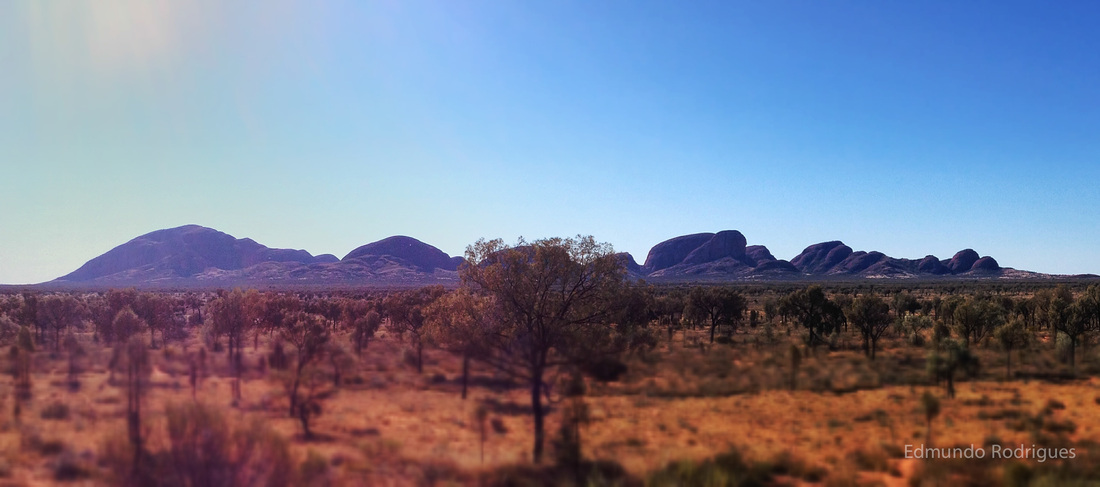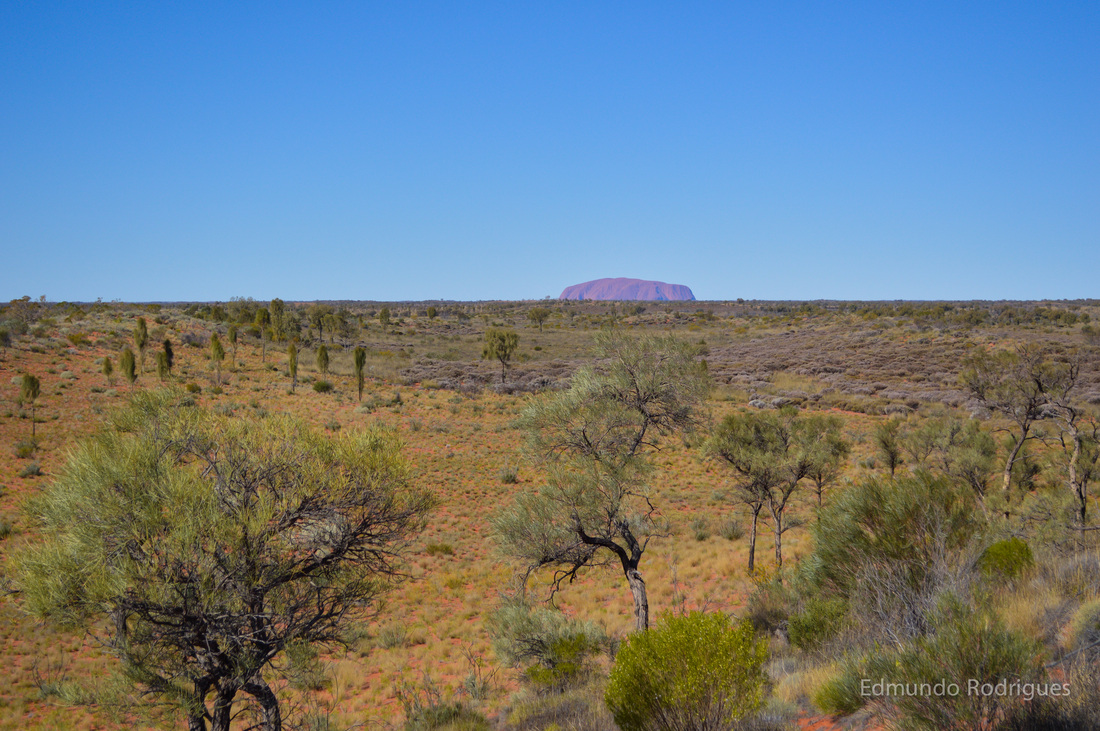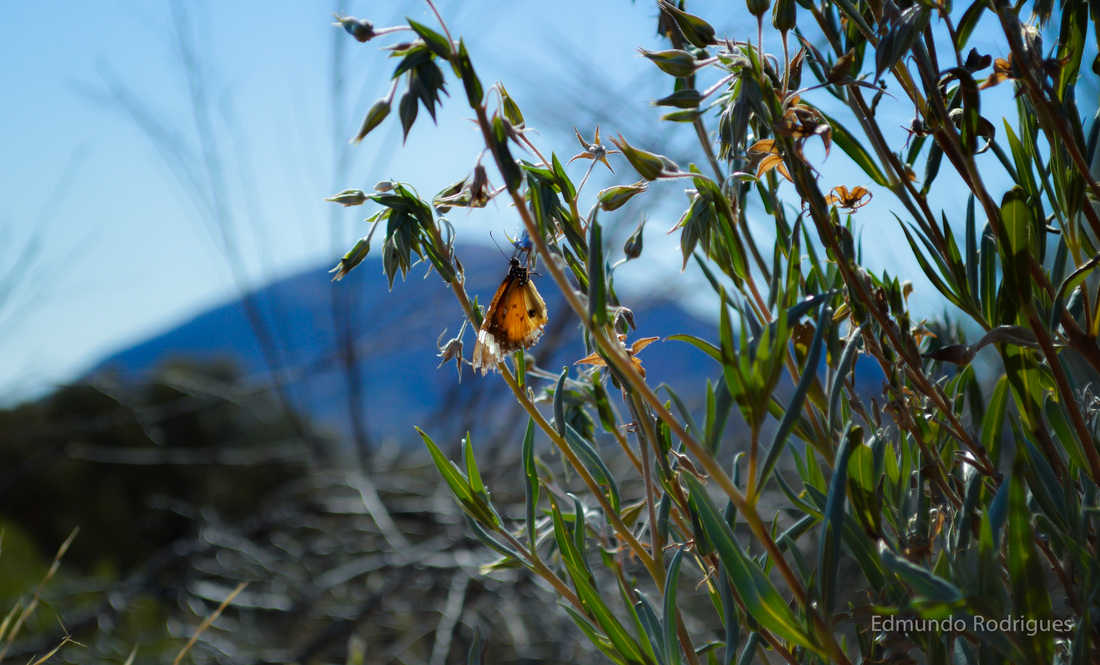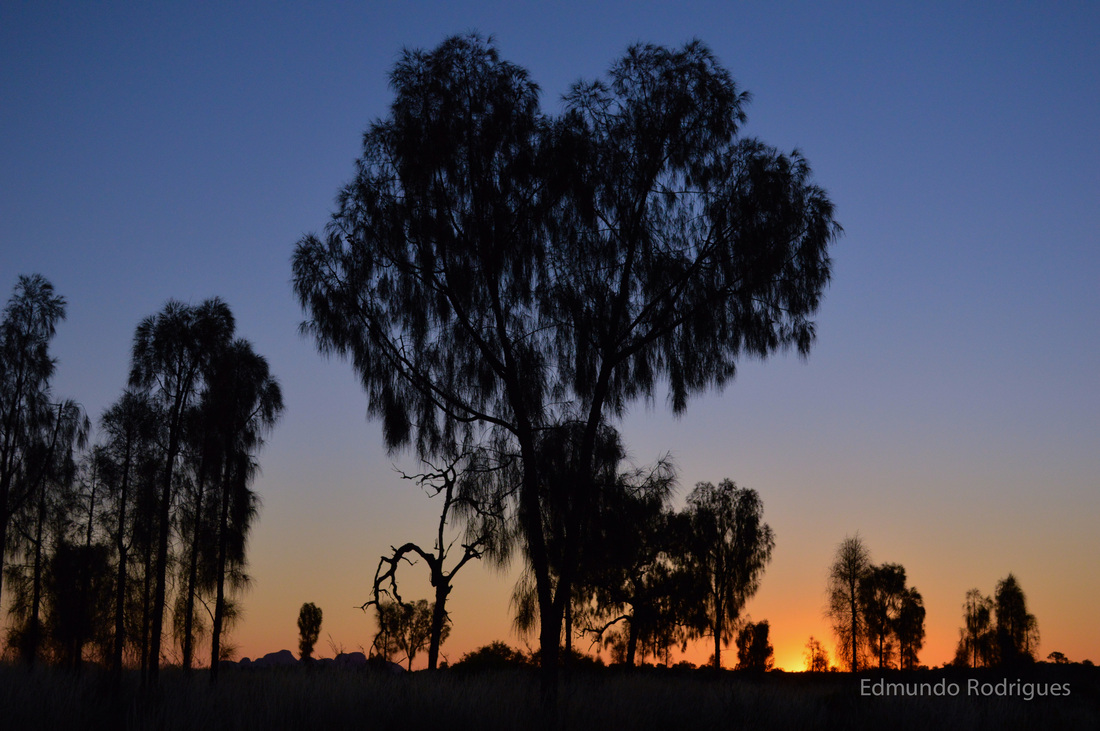<<Previous Post Next Post>>
Having come to Yulara with great expectations, we quickly realized that what appeared on the map as a town turned out to be a tourist resort with inflated prices, most notably, the petrol at $2.17 per liter. As is recommended to every visitor, our first stop in Uluru-Kata Tjuta National Park was the cultural center. These natural wonders are of extreme cultural significance to the aboriginal Anangu people. Both Uluru and Kata Tjuta are part of coming of age ceremonies, the details of which are not openly shared by the Anangu people.
Having come to Yulara with great expectations, we quickly realized that what appeared on the map as a town turned out to be a tourist resort with inflated prices, most notably, the petrol at $2.17 per liter. As is recommended to every visitor, our first stop in Uluru-Kata Tjuta National Park was the cultural center. These natural wonders are of extreme cultural significance to the aboriginal Anangu people. Both Uluru and Kata Tjuta are part of coming of age ceremonies, the details of which are not openly shared by the Anangu people.
Although Tourism Australia tries to deter visitors from climbing Uluru out of respect for Anangu culture, it became obvious that it’s of too much economical importance to close to the public.
Our time spent absorbing the information provided in the cultural center drastically changed our perspective on visiting, or taking pictures of either Uluru or Kata Tjuta. We therefore chose to absorb the scenery from a few kilometers away, in the hopes of minimizing the invasive behaviour characteristic of millions visitors.
Our time spent absorbing the information provided in the cultural center drastically changed our perspective on visiting, or taking pictures of either Uluru or Kata Tjuta. We therefore chose to absorb the scenery from a few kilometers away, in the hopes of minimizing the invasive behaviour characteristic of millions visitors.
This behaviour also seemed to have the adverse effect of driving away most wildlife that is abundant in other parts of the country.
Watching the sunset or sunrise from one of the parking bays provided is considered a must-see for any visitor. The reflection of the sun off of Uluru’s rock face supposedly provides an enhancement to the red tones. We opted for a secluded spot on the side of the road, away from the buzz of tourist busses.
We got on the road early on the 25th of August after obtaining the two permits from the Central Land Council that are required to travel across the 1200km dirt desert road. This track crosses through Aboriginal Land, starting in Yulara in Northern Territory and finishing in Laverton in Western Australia.
Not expecting to encounter many people through the long isolated central corridor, we carefully planned our fuel consumption and added extra 20 litres of reserve water as getting stranded in the desert can be fatal. Contrary to most of Australia, the few communities branching from the Great Central Road were almost exclusively Aboriginal; although quite isolated the roadhouses provided what seemed to be a safe haven in a desolate landscape.






 RSS Feed
RSS Feed
